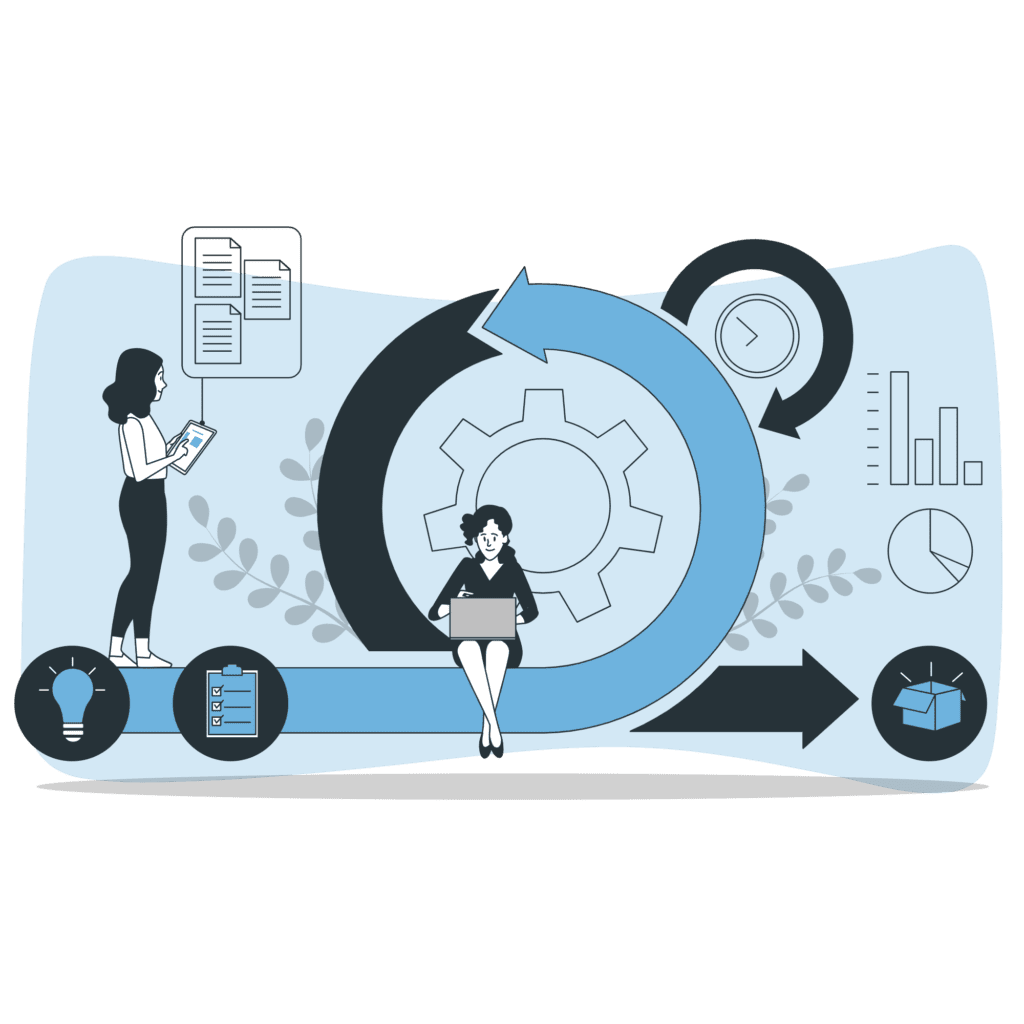With our technology-enabled platform, the process of earning and spending social wealth credits is straightforward. The credits are earned by individual Members via engaging in socially beneficial activities at the Sponsor organizations. The social wealth credits are then deposited to the Member’s digital wallet. Subsequently, these credits can be spent to cover a part of the price while purchasing goods and services of Providers, with the remaining part being paid in traditional currencies. Ultimately, it works like a discount but with a social purpose.
All interactions among the ecosystem participants are automated via our digital platform. It encompasses the Social Wealth Ledger, credit algorithms, as well as the implementation software, including a dual-currency transaction technology. However, the complexity of underlying technology, systems and operations are invisible for the end users who benefit from simple and assessible interface. Additionally, effective quality control and user support ensure ease of adoption and value added for Members, Providers, and Sponsors.
In order to ensure streamlined operations, the implementation is divided in several stages. That enables optimal risk and resource management as well as flexibility, quality control and engagement of the target audiences.

Stage 1. Pilot.
The goal is to identify and test key assumptions and technology for the successful launch. Preparation and execution of the following activities are included in this stage.
- Planning (scope, duration, location, events and logistics, resource requirements)
- Recruiting the team (CTO, project manager, marketing and community manager)
- Developing technology (feature prioritization, UX/UI, scalability, security, quality)
- Engaging partners (outreach, incentives, communication, agreements)
- Ensuring compliance (data protection, IP, governance, issues and dispute resolution)
- Onboarding users (visual and reading materials, training sessions, communications)
- Preparing monitoring and evaluation tools (KPIs, analytics, feedback mechanism)
- Securing financing (budgeting, planning, contingencies, fundraising)


Stage 2. Launch.
The objective of this stage is to test user engagement on a country-wide scope, identify challenges to the platform and technology, and gauge partner involvement. In practice, the launch involves the following activities:
- Rolling out the implementation nation-wide
- Monitoring and tracking the key performance indicators (KPIs)
- Improving the technology (user onboarding, database, platform functionality, interfacing, algorithms)
- Fostering user engagement and adoption (marketing, incentives, community building)
- Managing feedback and iterating (quality loop, improvements, communication)
- Evaluating the results and preparing for scaling (planning, KPIs, marketing, legal)

Stage 3. Scaling to multiple locations.
The focus of this stage is to finalize the implementation of strategy and business model, obtain a positive Return on Investment (ROI), and position the company for a long-term success.
- Identifying potential new locations (research, field visits, analytics, recommendations)
- Customizing the model to specific locations (language, culture, business practices)
- Expanding the team (finance, operations, customer support, legal)
- Partnering with local stakeholders (communication, training, trust building)
- Adapting the technology (scaling, optimization, real-time monitoring, improvements)
- Ensuring customer satisfaction (local support, best practices, feedback, quality control)
- Managing Social Wealth (calculating, recording, rewarding, storing, and archiving)
- Amplifying the impact (community, communication, economic transformation)





Stage 4. Global expansion.
This is the ultimate stage of implementing the vision of Human-Centered Economy. It is aimed at creating a global footprint and infrastructure for creation and management of the Social Wealth. That enables the shift of socio-economic paradigm to more sustainable, just and equitable society.
- Developing global strategy, business plan and technology requirements
- Identifying target markets (research, economic and social needs, culture, regulations)
- Creating local partnerships (local orchestrators, participants, facilitators)
- Global marketing, branding and communication with adaptation to local conditions
- Expanding the team and evolving the organizational structure (regional offices)
- Investing in technology evolution (agile development, predictive analytics, security)
- Managing financial and Social Wealth (planning, risk management, control systems)
- Growing a global community (ecosystem participants, supporters and facilitators)
- Steering a structural change in the economy from money to human-centered
Implementing our vision on a global scale will create a diverse and collaborative ecosystem of partners that collectively create and manage the Social Wealth. The social wealth credits will have a constant value, independent on geographic location, by-passing the need for an exchange rate mechanism. At the end, a human contribution to the society has the same value in the US as it does in Indonesia. Just imagine earning your credits by donating blood in Geneva, Switzerland, and spending them during your vacation in Rio, Brazil. You extend the benefits of your goodwill beyond the national border. Additionally, you participate in supporting local economies worldwide. Finally, you connect with people anywhere in the world because you share the same values. You become a vital part of the Human-Centered Economy.
Contact us
Global Social Enterprise
At Global Social Enterprise, your voice matters. Share your thoughts, join the team, or just say hello—we’re all ears. Drop us a line through our contact form and let’s enable the change together.
